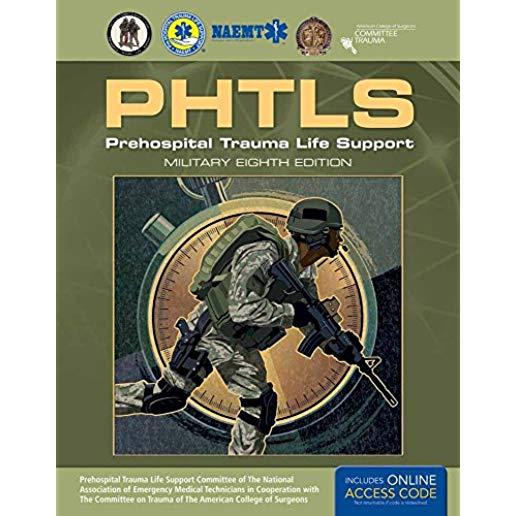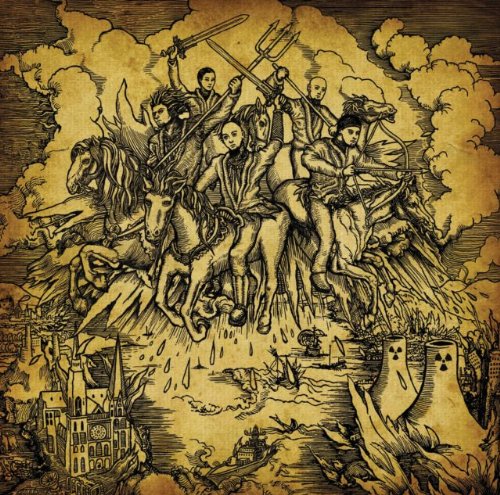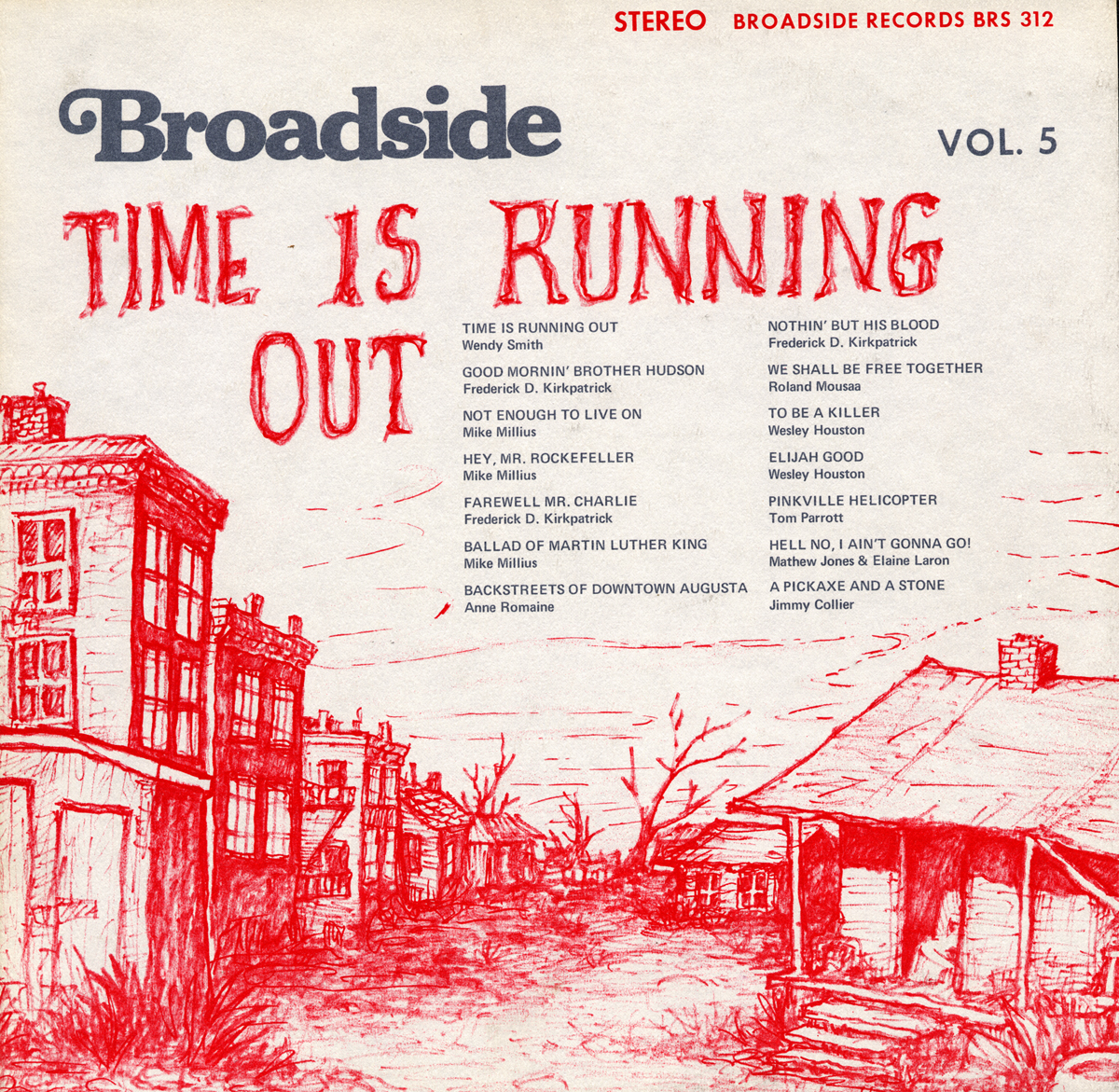
National Association of Emergency Medica
product information
description
2Each new print copy of PHTLS: Prehospital Trauma Life Support, Military Edition also includes an access code that unlocks a complete eBook and videos. The legendary Prehospital Trauma Life Support (PHTLS) program was first developed by the National Association of Emergency Medical Technicians (NAEMT) in the early 1980s in cooperation with the American College of Surgeons Committee on Trauma (ACS-COT). Its medical content is continuously revised and updated to reflect current, state-of-the-art knowledge and practice. PHTLS promotes critical thinking as the foundation for providing quality care. It is based on the belief that EMS practitioners make the best decisions on behalf of their patients when given a good foundation of knowledge and key principles. For three decades, PHTLS has improved the quality of civilian trauma care and has saved lives outside the emergency department. Since 1996, Tactical Combat Casualty Care (TCCC) has improved the care rendered in combat prehospital environments. TCCC is the battlefield prehospital component of the Joint Trauma System, an organization within the Department of Defense that projects combat trauma care out to the point of injury and continues that care seamlessly while bringing the casualty home for recuperation and rehabilitation. TCCC guidelines are continuously revised and updated by the Committee on Tactical Combat Casualty Care, an all-volunteer group of military medicine and trauma care specialists. The membership of the Committee on Tactical Combat Casualty Care includes combat medics, corpsmen, and pararescuemen as well as physicians and physician assistants. PHTLS: Prehospital Trauma Life Support, Military Eighth Edition is the next step in the evolution of the premier global prehospital trauma education program, a partnership between PHTLS and TCCC that goes back to the fourth edition of this manual. This edition continues the shared mission to promote excellence in trauma care by all providers and in all environments. In addition to the PHTLS core content, it features thirteen chapters written by military prehospital trauma care experts for practitioners in the military environment. These include a new chapter devoted to detailed scenarios designed to sharpen critical-thinking skills and to help combat medical personnel learn to think clearly under pressure on the battlefield.
member goods
No member items were found under this heading.
Return Policy
All sales are final
Shipping
No special shipping considerations available.
Shipping fees determined at checkout.







